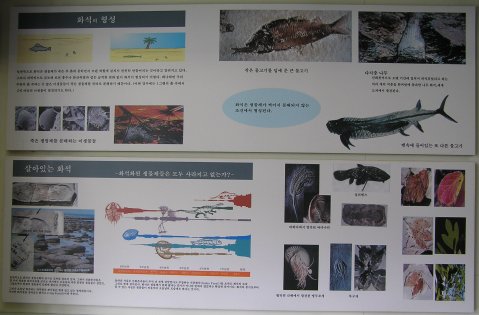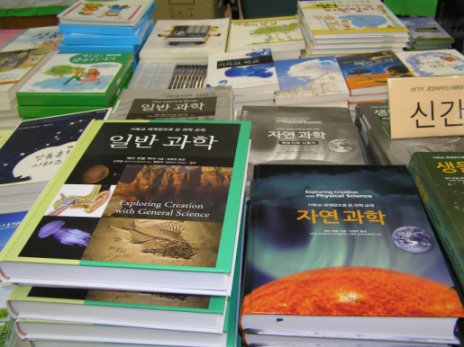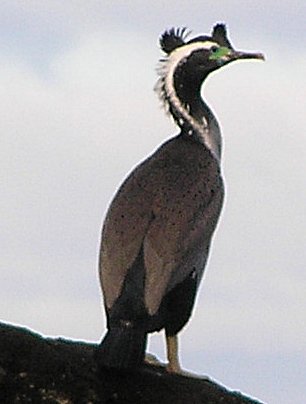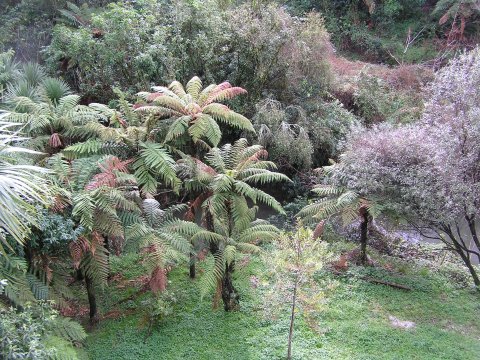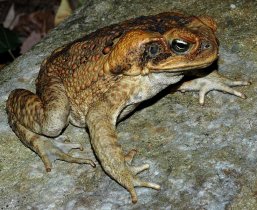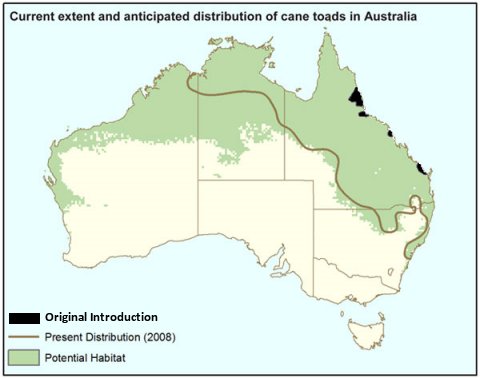As I have pointed out previously, the oft-repeated claim that the church has always been united in its interpretation of the creation account is demonstrably false. It sounds reasonable to think that the church always read the creation account as historical narrative with 24-hour days, but then evolution or some other aspect of modern science “forced” theologians to reinterpret the creation account. However, nothing could be further from the truth. Even as early as 225 AD, Origen wrote:1
For who that has understanding will suppose that the first and second and third day existed without a sun and moon and stars and that the first day was, as it were, also without a sky? . . . I do not suppose that anyone doubts that these things figuratively indicate certain mysteries, the history having taken place in appearance and not literally.
So even in very early church, some influential people were interpreting at least parts of the creation account figuratively. It turns out that as church history progressed, a figurative interpretation of Genesis never lost its momentum.
Continue reading “More Evidence That The Church Has Never Been United on Genesis”


